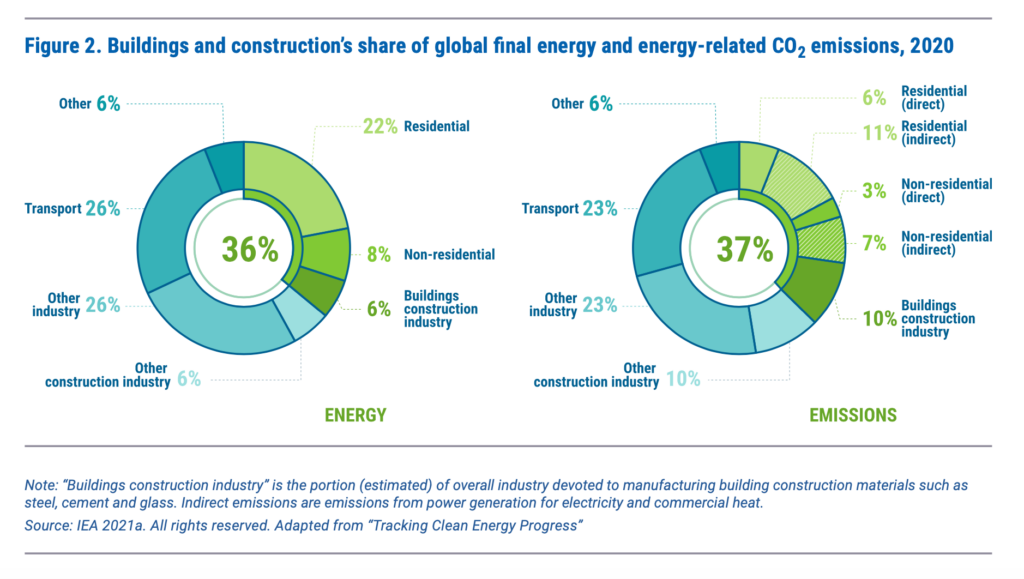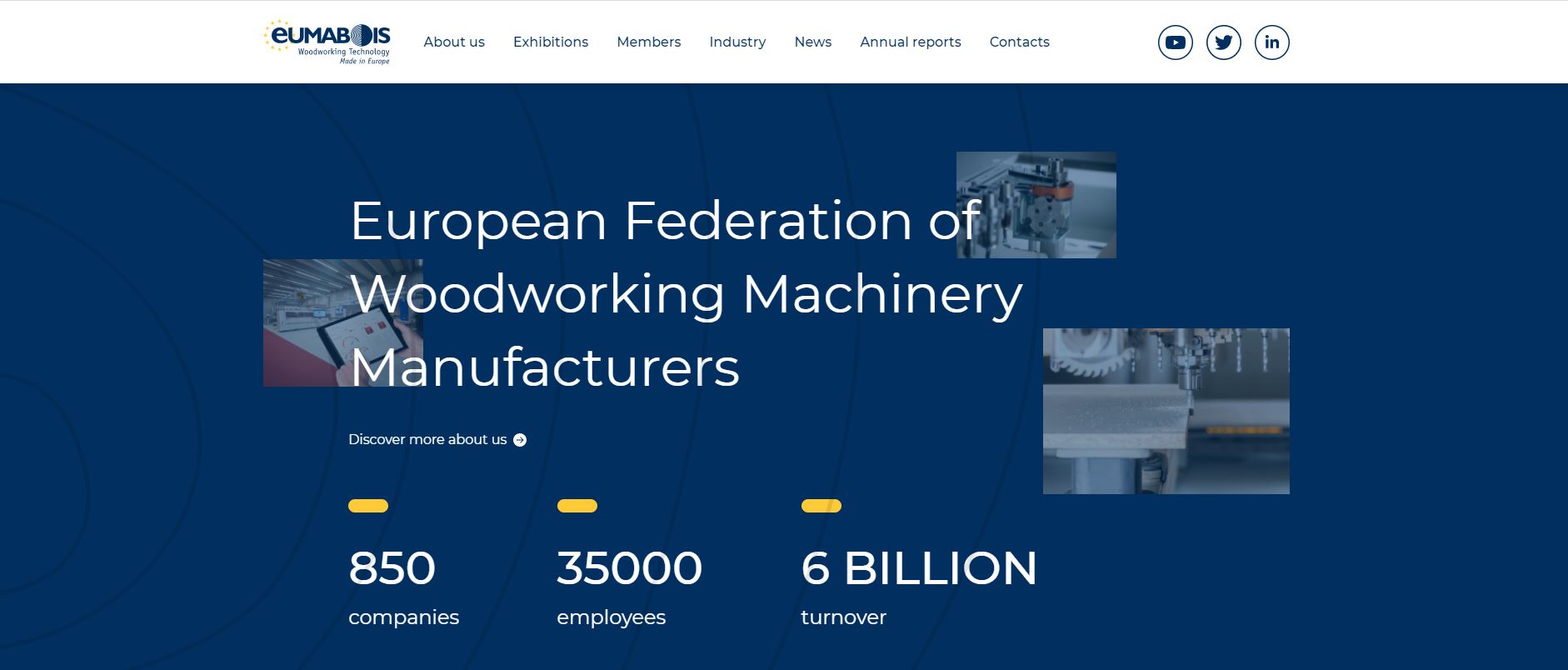According to the World Economic Forum’s Sustainable Development Impact Summit 2021, the interest in mass timber is surging and the use of this material in construction is likely to take-off at scale over the next decade. The relevance for timber is growing along with concern about securing a low carbon, efficient and resilient building sector, in line with the goals of the 2015 Paris Agreement.

In the construction sector, the use of low-carbon materials is possible as alternative to some of the most carbon-intensive materials like concrete, steel and masonry. Various options are gaining popularity, including cross-laminated timber (CLT) which has been in use for decades, particularly in Austria and Germany. CLT panels are light in weight and they are widely used in various applications such as residential, commercial and public. Because of its weight, CLT may increase the number of stories in the building providing ease and faster construction if compared to other materials.
On the other hand, concrete is five times heavier than wood and it’s the most widely consumed material after water, responsible for about 8% of the global CO2 emissions linked to human activity. Indeed, concrete production generates more emissions than air traffic and according to a United Nations Report, the building and construction sector accounted for 36% of global final energy consumption and 37% of energy related CO2 emissions in 2020, compared to 38% in 2019.

The increase use of timber would benefit the climate by helping to reduce the greenhouse-gas emissions thanks to the efficiency of trees to capture and store carbon, as well as the fact that wood is a 100% renewable and recyclable material, cheaper than concrete. That’s why is gaining momentum in the construction sector. As also underlined by the President of the European Commission, Ursula von der Leyen, the construction sector can be turned from a carbon source into a carbon sink, if preference is shown for organic building material like wood1.
The decarbonization of the construction sector is not an utopic dream but it’s the next European challenge as highlighted in the Renovation Wave for Europe, a plan with the aim to requalify and improve the energy-efficiency of the existing buildings within 10 years. The Commission proposes that as of 2030, all new buildings must be zero-emission.
Within the Euro-Area, the countries with higher production of prefabricated wooden buildings are Germany, Sweden, United Kingdom and Italy. According to the experts2, Europe is estimated to reach USD 1.5 billion by 2028, owing to the growing trends for using wooden products in construction applications.
1 Speech by President von der Leyen at Building Green Copenaghen, November 2021
2 The Global Cross Laminated Timber Market Size Report, December 2021
Asia brazil china construction economy eumaboisexhibitionsnetwork eumaboisexhibitionsnetwork; euroarea euroarea; europe france furniture generalassembly green holzhandwerk india indiawood industry italy latinamerica OPCUA poland pressrelease pressrelease; russia timber trends Vietnam woodworking woodworkingmadeizy



